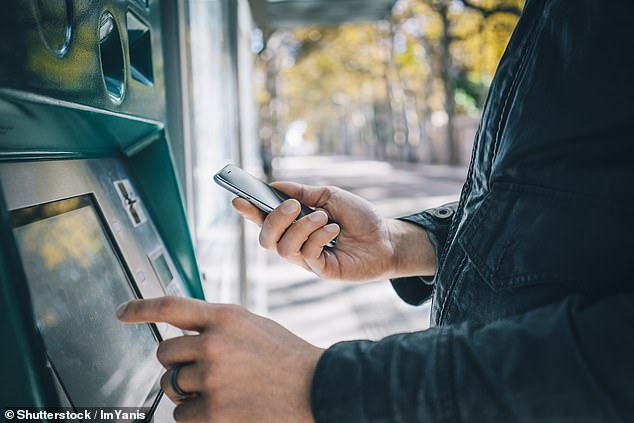Introduction
The COVID-19 pandemic has dramatically altered the way many people handle their finances, particularly regarding the use of physical cash. Recent research by Link, the primary ATM network in the UK, has revealed that nearly half of Britons are now using less cash than they did before the pandemic. This trend suggests that the last two years may have permanently reshaped attitudes towards the use of coins and notes.
Declining Cash Usage
According to Link’s findings, only about 25% of individuals report using the same amount of cash as they did prior to the pandemic, while a mere 4% claim to be using more cash now. The shift is evident in ATM transaction numbers, which have plummeted since the onset of COVID-19. In the year leading up to the pandemic, the UK recorded 2.61 billion ATM transactions. However, this figure dropped significantly to 1.64 billion in 2020 and further declined to 1.52 billion in 2021. While there are indications of a slight recovery in 2022, with 235 million transactions noted so far, this still pales compared to the pre-pandemic figures.
Insights from Link's Research
Graham Mott, the Director of Strategy at Link, explains that the organization continuously monitors ATM usage, and their research has shed light on how and why cash usage has transformed. Mott believes that ATM transactions will likely never return to their pre-pandemic levels, as many consumers who previously relied on cash have adapted to using digital payments, such as mobile wallets and contactless transactions. Despite this shift, Link reports that £1.5 billion is still withdrawn from ATMs weekly, highlighting that a significant number of individuals continue to rely on cash for their daily needs.
Link's research has spanned over two years, starting with a survey conducted in early March 2020, just before the first national lockdown was imposed in the UK. At that time, only a small fraction of the population anticipated a shift in their cash usage due to the pandemic. However, as the situation evolved, so did public sentiment. By the peak of the lockdown in March and April 2020, ATM transactions fell by up to 65%, illustrating the immediate impact of the pandemic on cash handling.
Shifting Patterns of Cash Usage
As restrictions began to lift in mid-summer 2020, over 75% of respondents indicated they were using less cash compared to the start of the pandemic. A significant 80% expressed intentions to continue reducing their cash usage in the future. While the decline in cash use was pronounced, it did not eliminate the need for cash altogether. By the summer of 2020, over half of the population reported using cash within the last two weeks, predominantly for purchases in convenience stores, supermarkets, and informal transactions with friends and family.
Interestingly, even as restrictions were lifted, a substantial proportion of the population—over 70%—still reported using cash within a two-week timeframe. However, Link’s research also highlighted the challenges some consumers faced in accessing cash, with a quarter of respondents stating they had encountered situations where cash was not accepted. This led some individuals to leave stores empty-handed.
The Future of Cash Payments
As the UK transitions into a post-pandemic landscape, the findings indicate a significant change in cash usage patterns. While traditional venues such as supermarkets and hairdressers experienced a resurgence in cash transactions, pubs and restaurants also saw a notable increase as they resumed accepting cash payments. This change suggests that businesses are beginning to adapt to consumer preferences, acknowledging that a substantial segment of the population continues to value cash as a payment method.
Conclusion
In summary, the COVID-19 pandemic has undeniably accelerated a shift away from cash payments in the UK, with many Britons now more comfortable using digital payment methods. However, the research by Link emphasizes that cash remains an essential part of financial life for many, indicating that while usage may have declined, it is unlikely to disappear entirely. As attitudes toward cash evolve, businesses and consumers alike will need to adapt to this new reality, balancing the convenience of digital transactions with the enduring significance of cash.





Comments